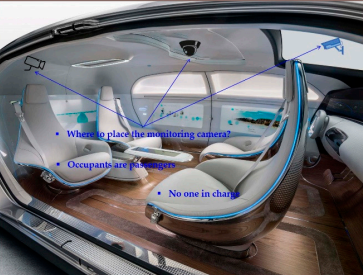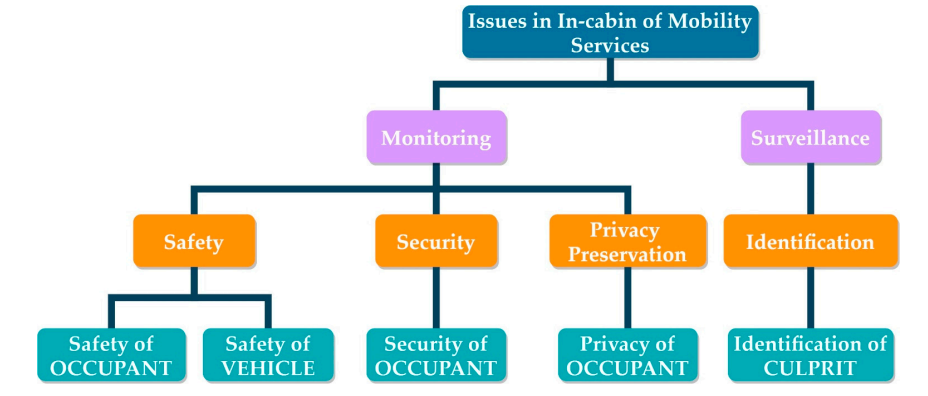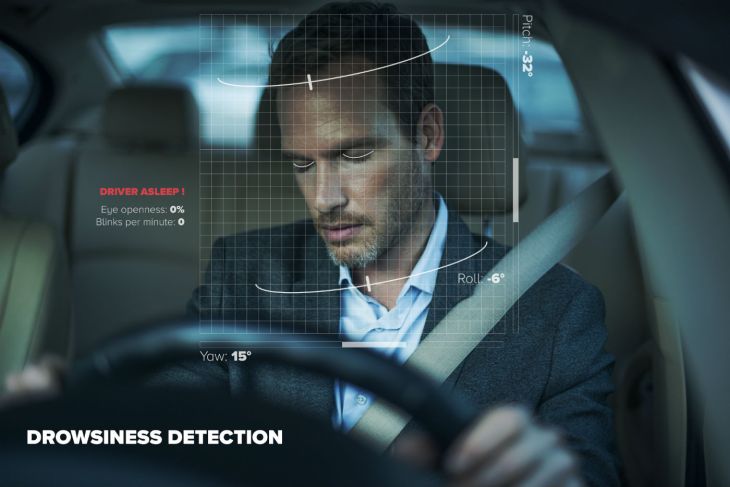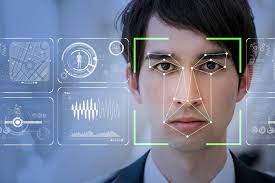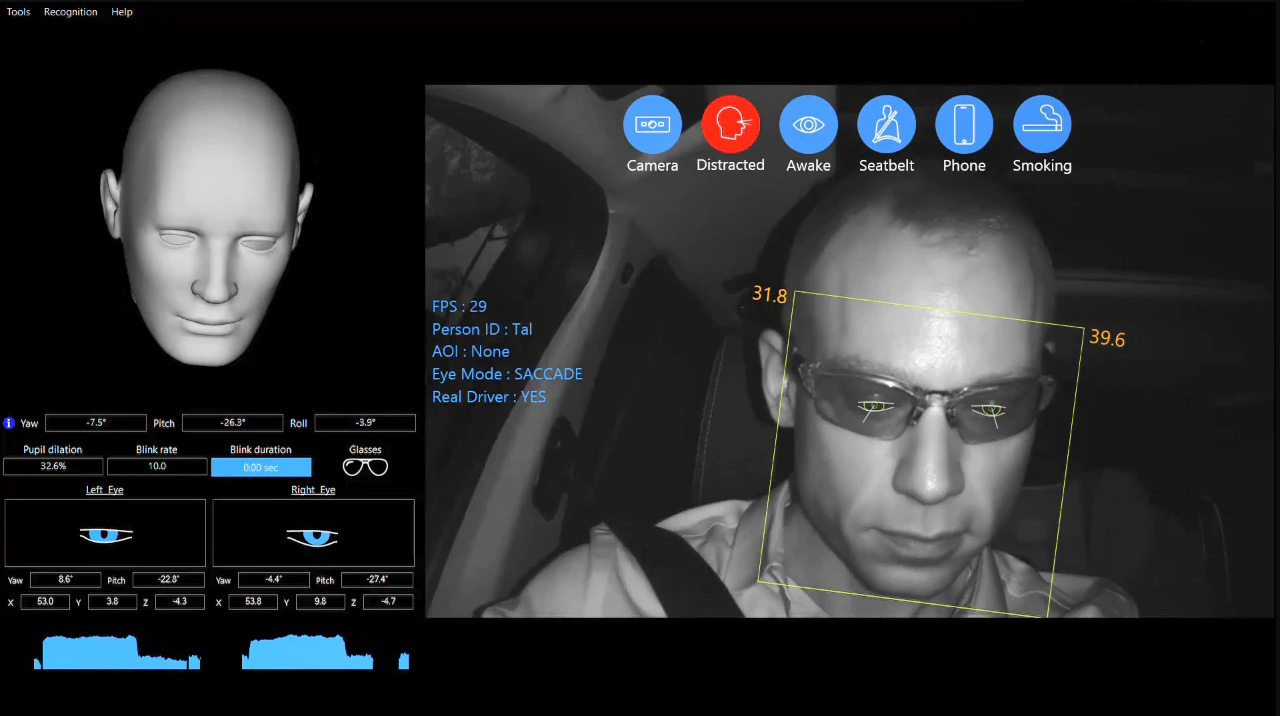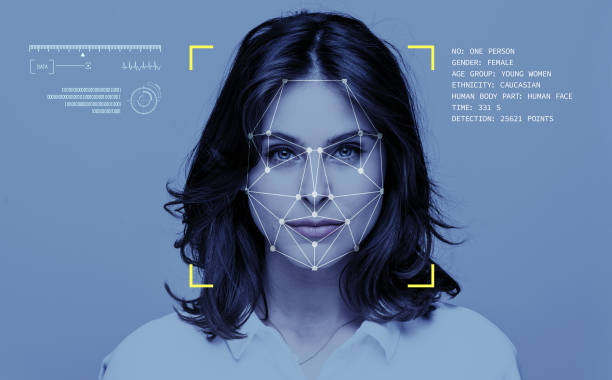Driver Monitoring System
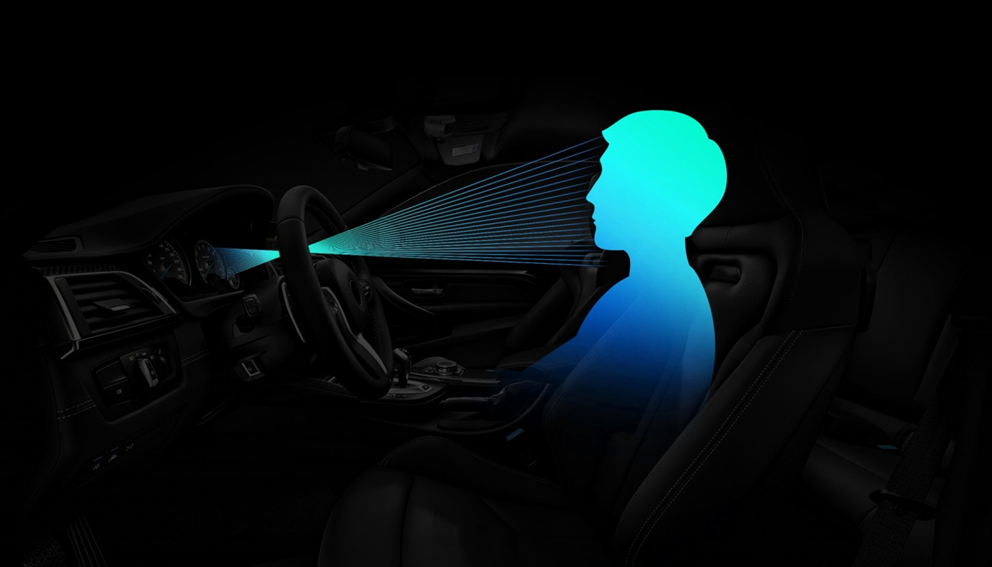
Uses computer vision and machine learning algorithms to monitor the driver's behaviour, attentiveness, and overall condition while driving.
In-cabin sensing using computer vision refers to the application of computer vision techniques to monitor and analyze the interior of a vehicle's cabin. By using cameras and computer vision algorithms, in-cabin sensing systems can detect and interpret various information about the occupants and their activities inside the vehicle.
In-cabin monitoring system (IMS) for safety, security, surveillance, and monitoring, including privacy concerns for personal and shared autonomous vehicles (AVs). It consists of a set of monitoring cameras and an onboard device (OBD) equipped with artificial intelligence (AI).
